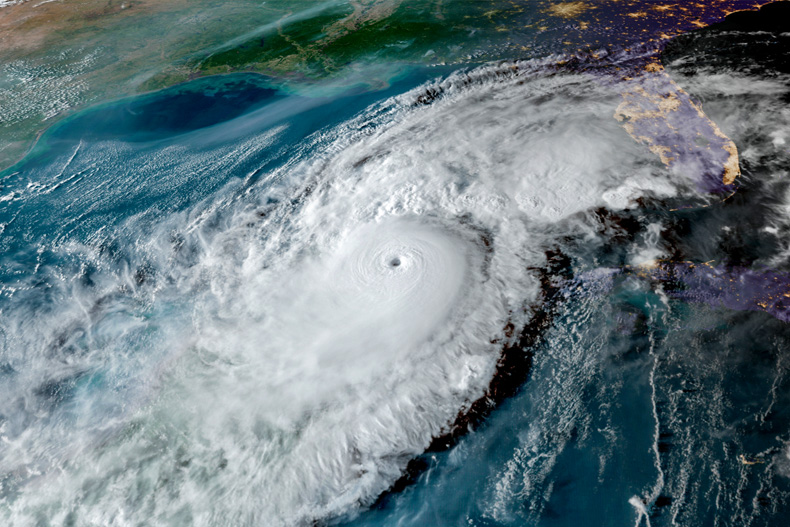Topic: Climate Change
Tackling coral health from a new angle
A team of University of Miami students devised a removable engineering solution that could protect coral reefs from harmful ultraviolet rays in the hottest months of the year.
How Hurricane Melissa exploded into a monster
The Category 5 storm, which left a trail of destruction across the Caribbean, stunned forecasters and meteorologists, achieving extreme rapid intensification as well as a never-before-recorded wind speed near the ocean surface. University of Miami tropical cyclone experts explain how it happened.
A new reality for coastal communities
Developed by the School of Architecture, the seawall evaluator is an educational extended reality application that aims to transform how municipalities, researchers, and coastal communities facing rising sea levels and storm surges evaluate and manage seawall infrastructures.
Scientists call for urgent policy reform to accelerate cross-border coral restoration efforts
New paper published in Science by a team of international scientists urges regulatory reform to accelerate global coral restoration using assisted gene flow—an essential step to safeguard the economic value and coastal protection services that reefs provide.
International collaboration provides hope for the future of Florida and Caribbean coral reefs
Scientists crossbreed Florida and Honduran elkhorn corals to boost genetic diversity—taking a critical first step toward restoring reef resilience in increasingly warmer oceans.
High ocean temperatures may slow deadly coral disease, new study finds
Breakthrough experiments offer unexpected insights into Stony Coral Tissue Loss Disease transmission, a severe disease affecting more than twenty coral species in Florida and the Caribbean.
Innovative tool tracks early signs of hurricane formation
An AI model created by a University of Miami doctoral student has proven remarkably effective in identifying and tracking tropical easterly waves, clusters of clouds and wind that can develop into powerful hurricanes.
What to know about the Saharan dust now impacting parts of the US
The Saharan Air Layer is a mass of dry, hot, and dust-laden air from the Sahara Desert that forms during the late spring, summer, and early fall, moving over the tropical North Atlantic. A plume of dust recently arrived in South Florida. Here’s what you need to know.
Kryptonite for hurricanes
Dust from the Saharan Air Layer, which has reached South Florida, can suppress tropical cyclone development. But there’s a caveat. A University of Miami meteorologist explains how the phenomenon works.
Active hurricane season looms
Warmer than average ocean temperatures, the neutral phase of a climate phenomenon that impacts weather patterns, and forecasts for weak wind shear will result in an above-normal Atlantic hurricane season, University of Miami researchers agree.
Back on the hunt
Hurricane Hunters prepare for another active season with new instruments and testing that will help improve storm forecasting.
Heat-tolerant symbionts a critical key to protecting Florida’s elkhorn coral from bleaching during marine heatwaves
Florida scientists have identified heat-tolerant algal symbionts as a vital intervention to protect endangered elkhorn coral. Their cross-institutional collaboration offers new hope for reef restoration and resilience amid rising ocean temperatures.

























